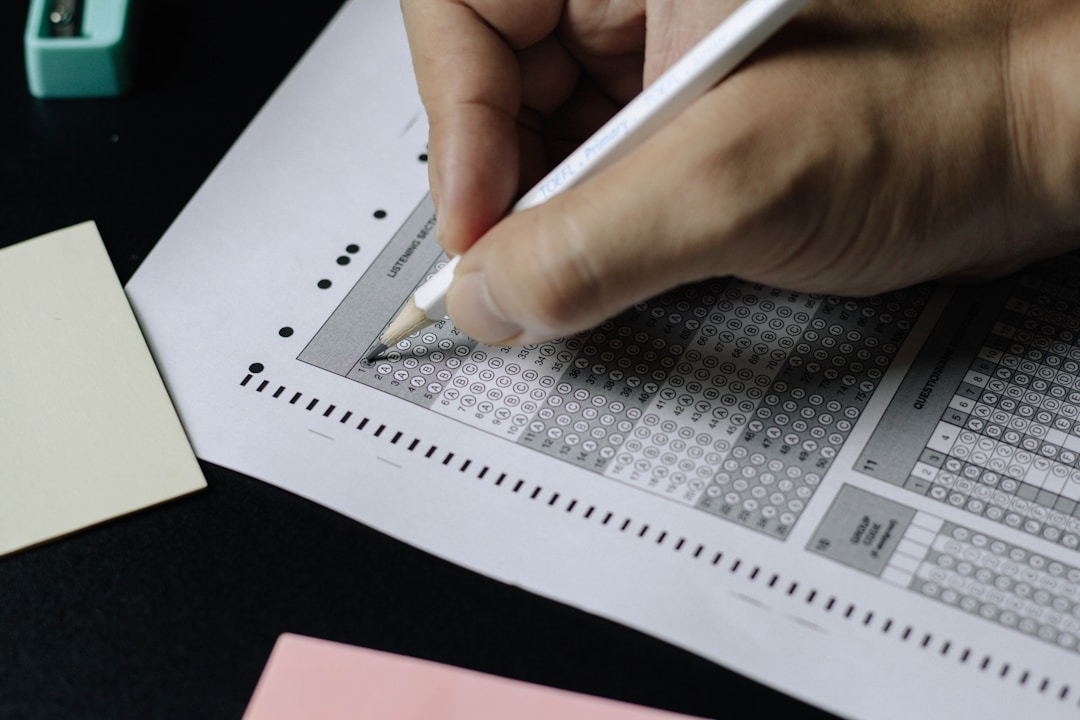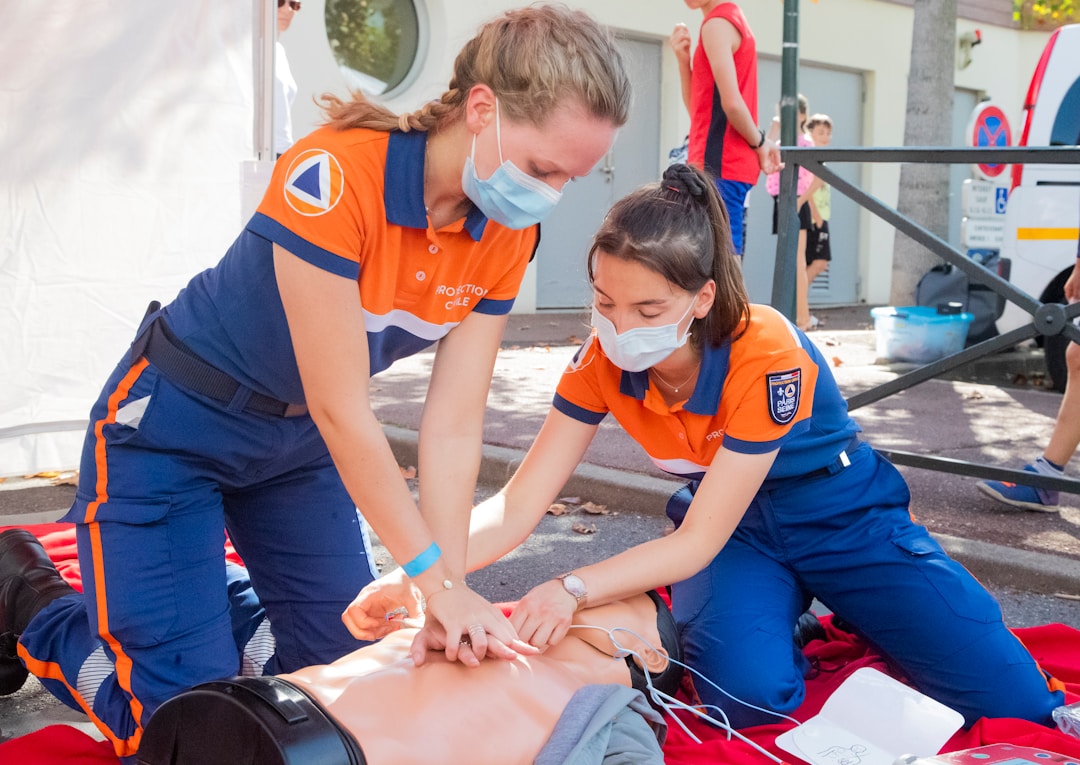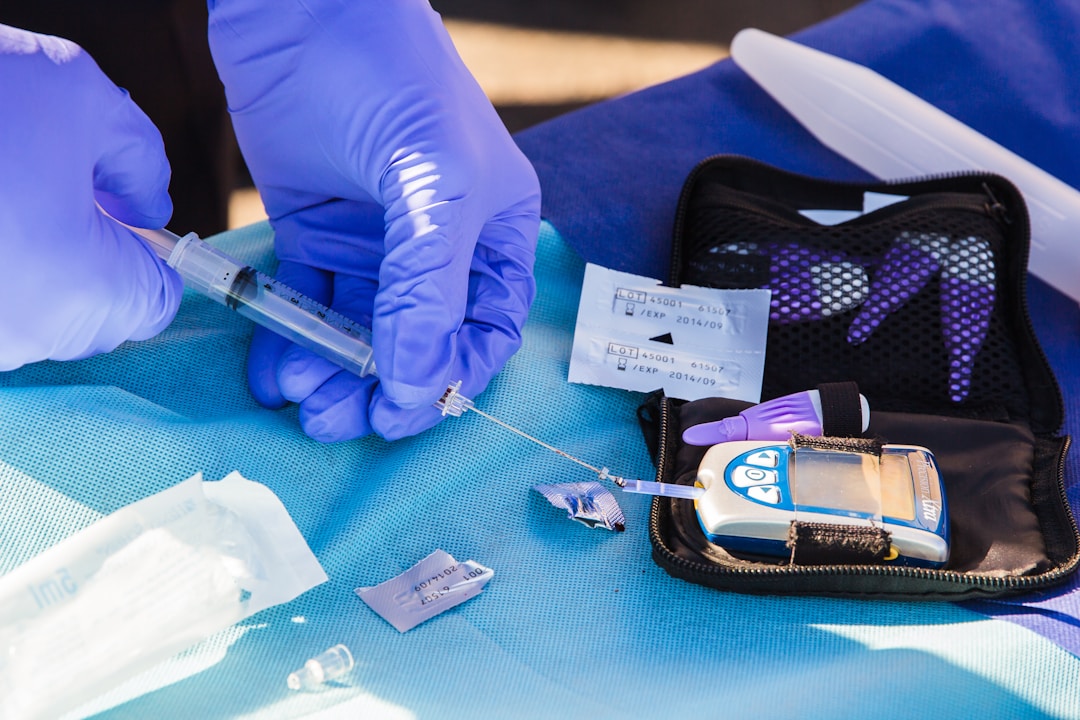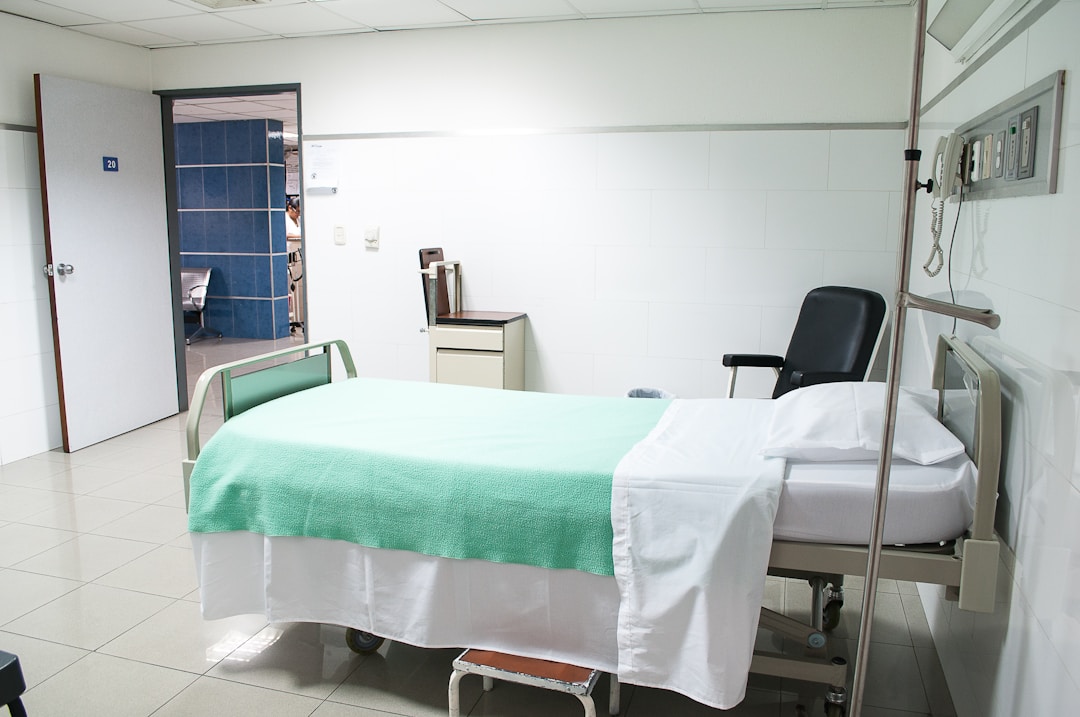ChartFlow
IVs can be very overwhelming for new students. Here are the basic calculations you need to make it easy!
If you’re new to IV calculations, we suggest checking out one of these videos (we have no affiliation with either) before getting started. This will give you a good foundation, and then you can use the formulas below to practice.
- RegisteredNurseRN - 10 minute YouTube video describing all IV calculations in depth https://www.youtube.com/watch?v=Z3KucUC8bPE
- NurseintheMaking - YouTube Short that goes over the calculations quickly relating to an IV infusion pump https://www.youtube.com/shorts/IxVo96yx0zw
Once you’re ready to practice with equations, check them out below: You will need some basic information before doing any calculations. We need to know the dose of the medication, the volume you’re using, the time you’ll be infusing, and the drop rate of your IV set. For our examples, we’ll use Ceftriaxone 1 g IV in 50 mL of normal saline that we need to infuse over 30 minutes using an IV set with 15 drops per mL.
We will calculate
a) the infusion rate in mL per hour,
b) the drip rate in drops per minute (gtt/min),
c) the concentration in mg per mL
a) Infusion rate (mL/hour)
- Convert minutes to hours. 30 minutes will be half an hour.
- Calculate the volume (mL) divided by the time (hours).
30 minutes ÷ 60 = 0.5 hour
50 mL volume ÷ 0.5 hour time = 100 mL/hour
✅ Answer (a): 100 mL/hr
b) Drip rate (gtt/min)
- Find the total drops needed by calculating volume by your IV set drop rate. 50 mL volume × 15 gtt/mL drop rate = 750 drops in total
- Now calculate how many drops will need to be given per minute by dividing the total number of drops (750) by the time in minutes (30 minutes)
- Drops per minute = 750 total drops ÷ 30 minutes = 25 gtt/min
✅ Answer (b): 25 drops/min
c) Concentration (mg/mL)
- Divide the dose (1,000 mg) by the volume (50mL)
- 1,000 mg ÷ 50 mL = 20 mg/mL
✅ Answer (c): 20 mg/mL
More posts like this




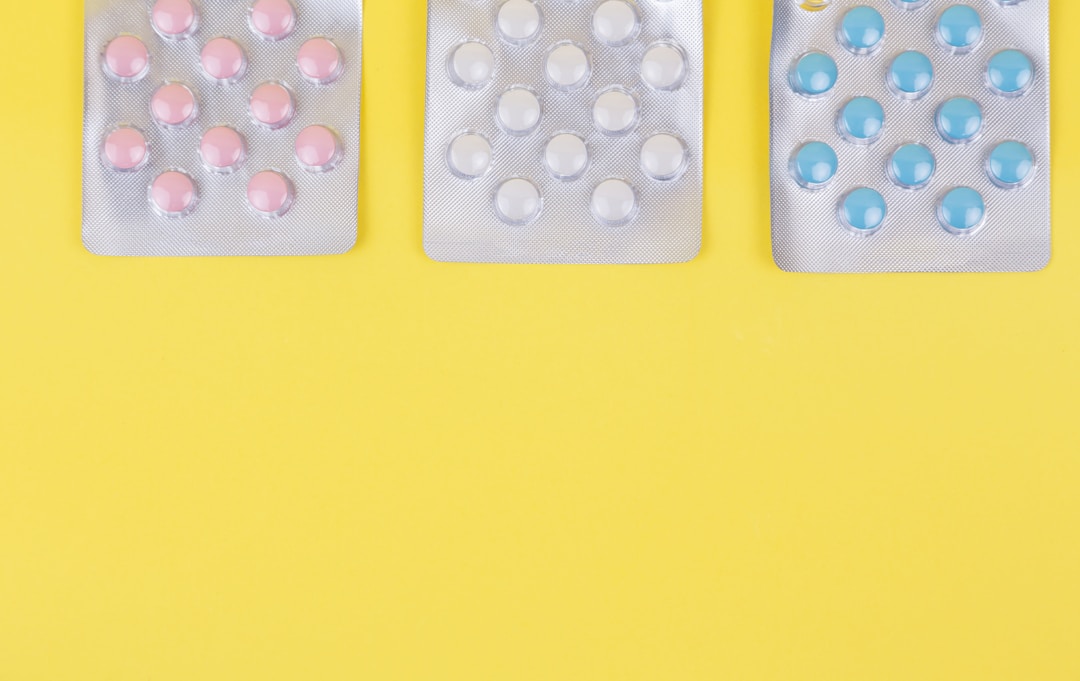


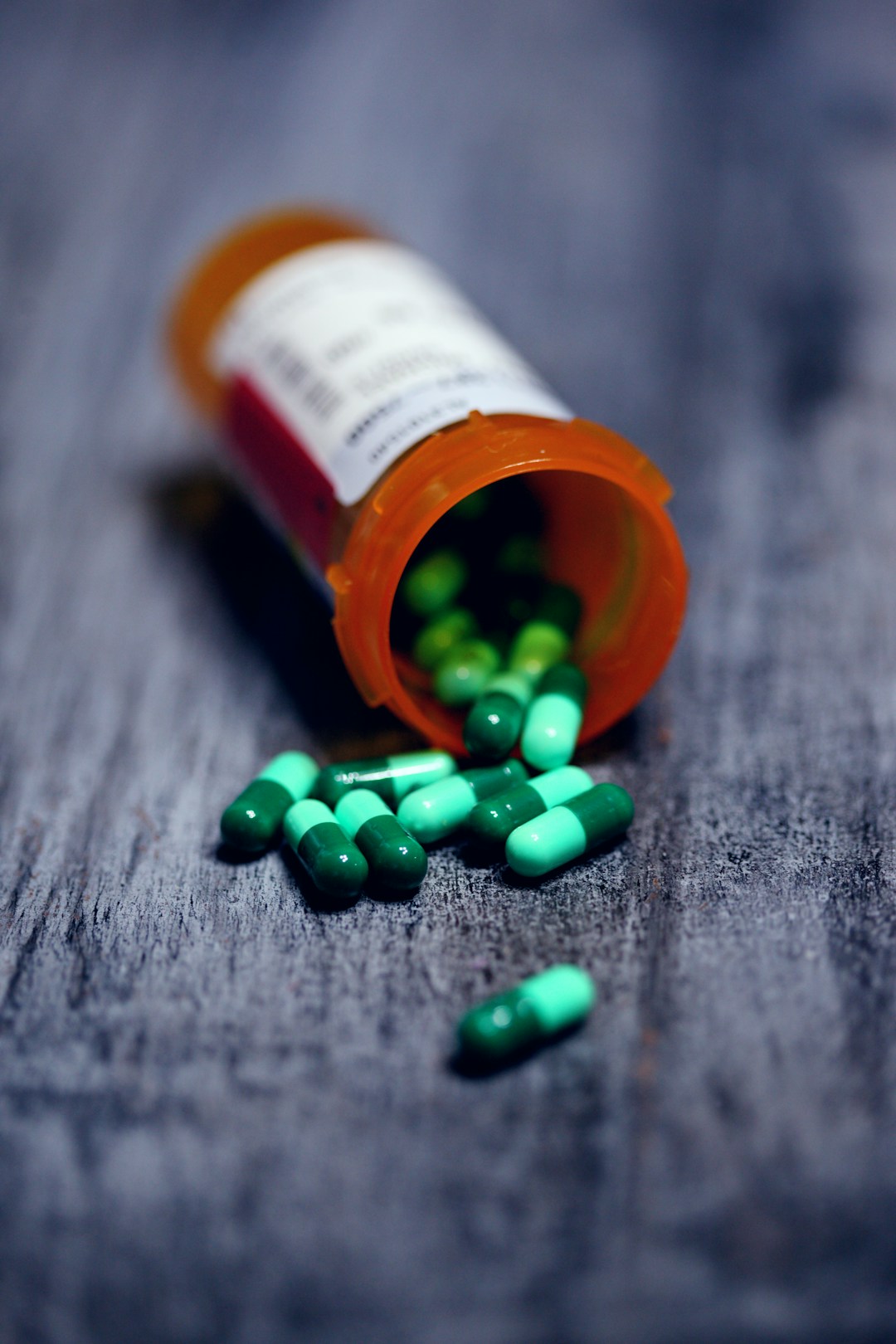


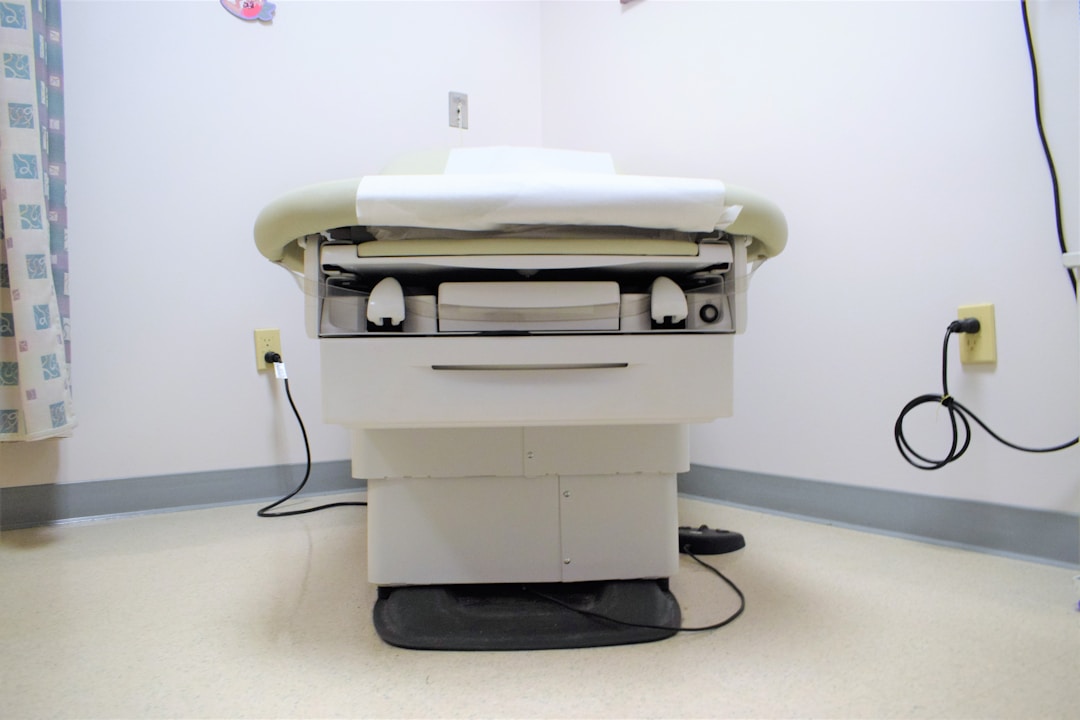
_(2)/w=1080,quality=90,fit=scale-down)



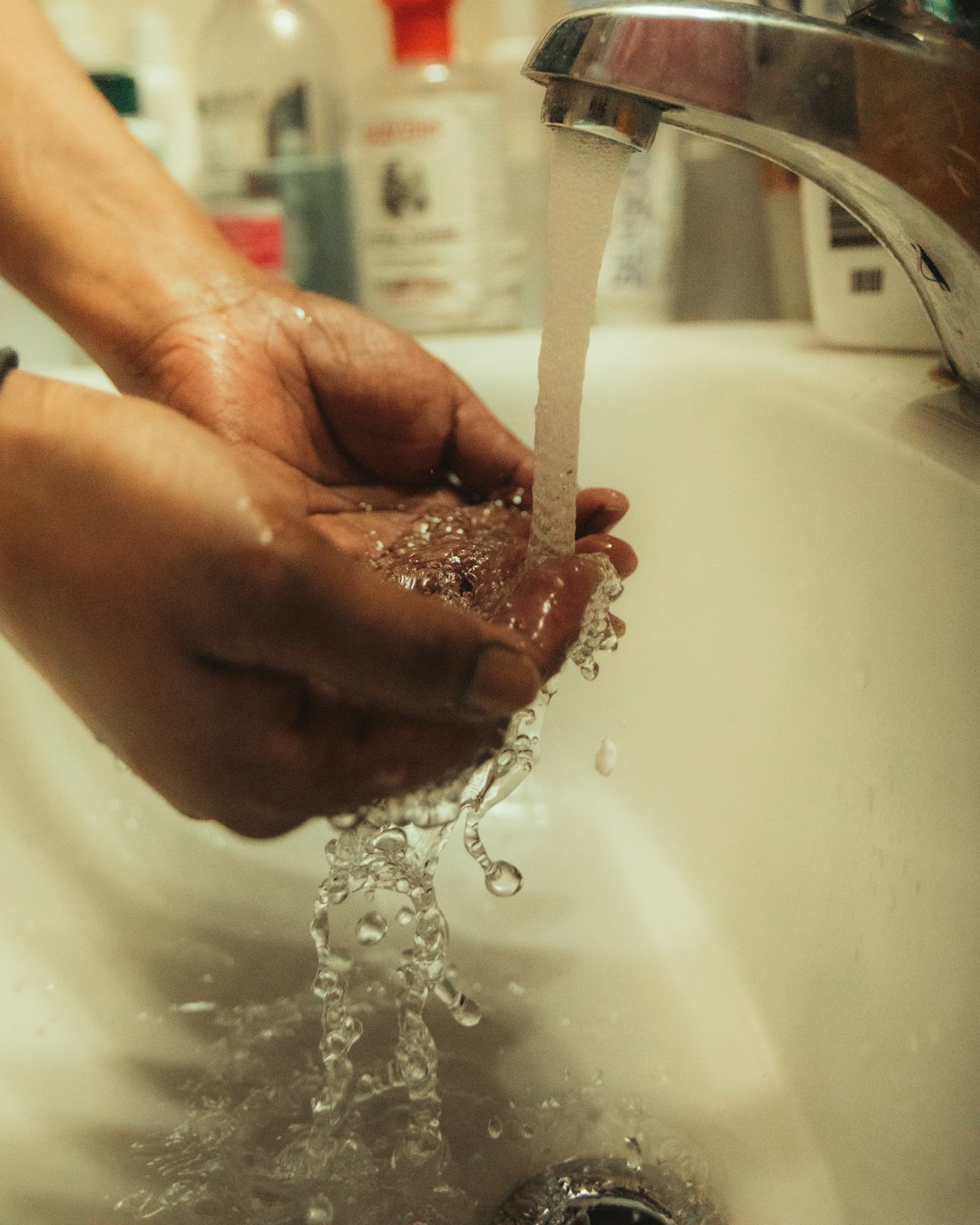
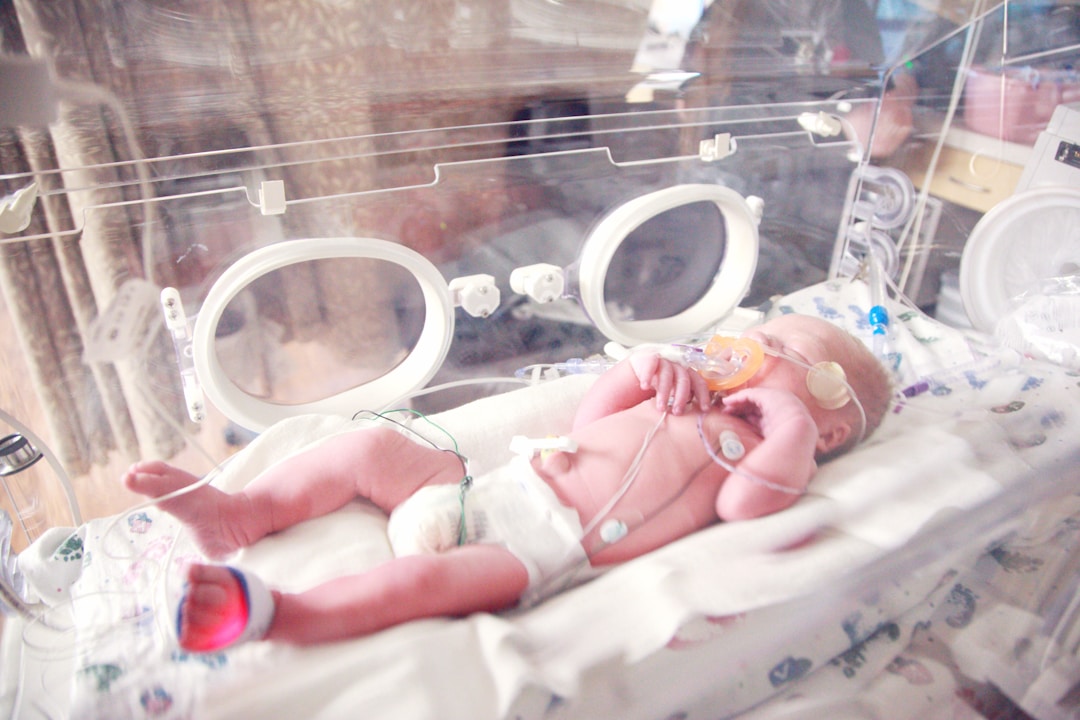
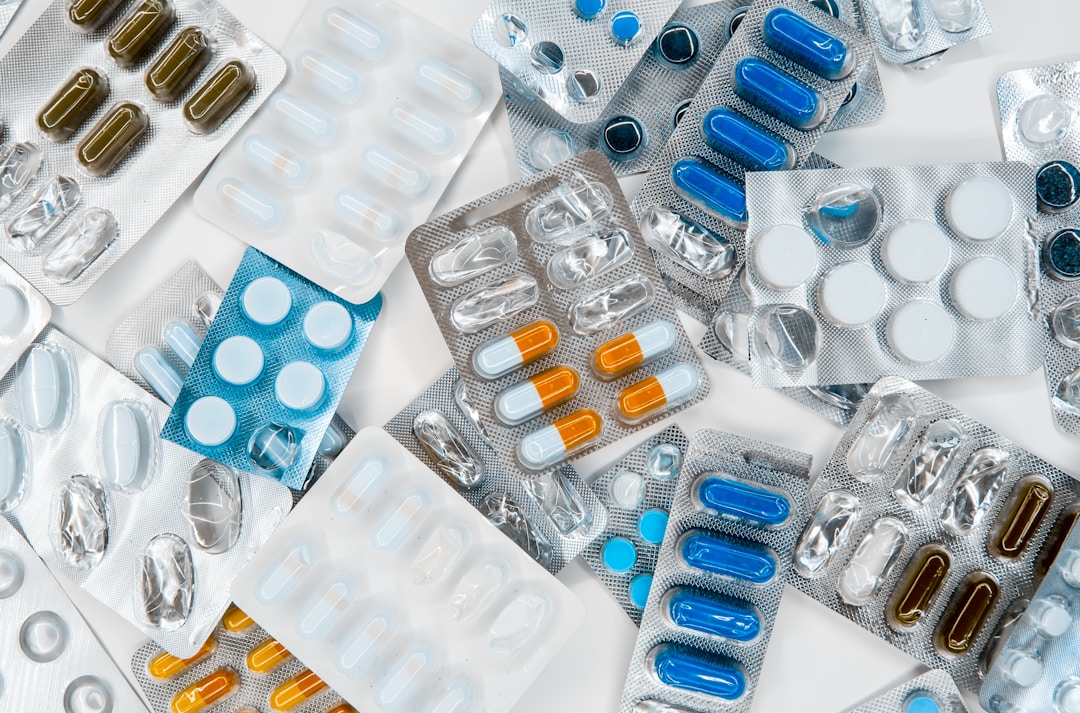


/w=1080,quality=90,fit=scale-down)






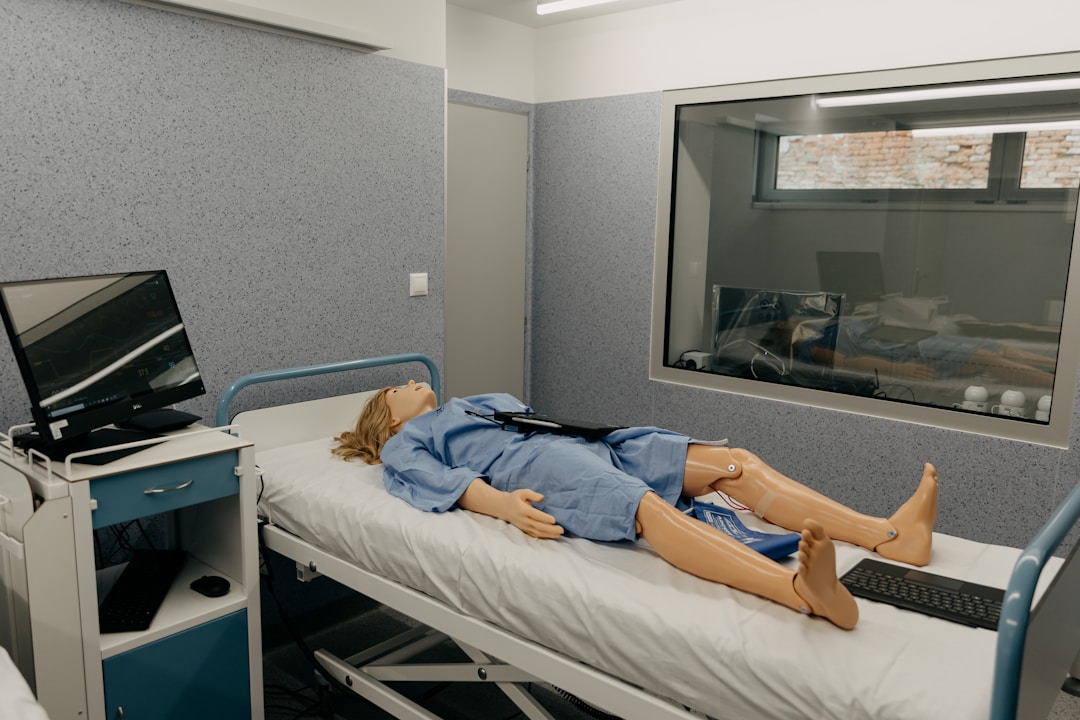





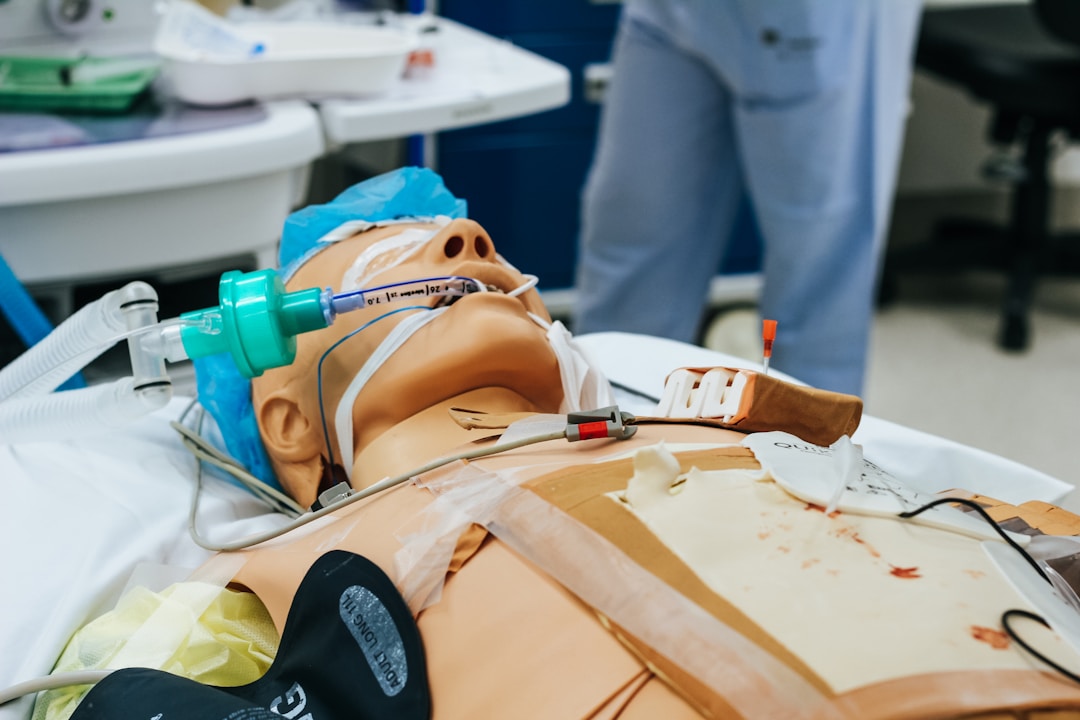

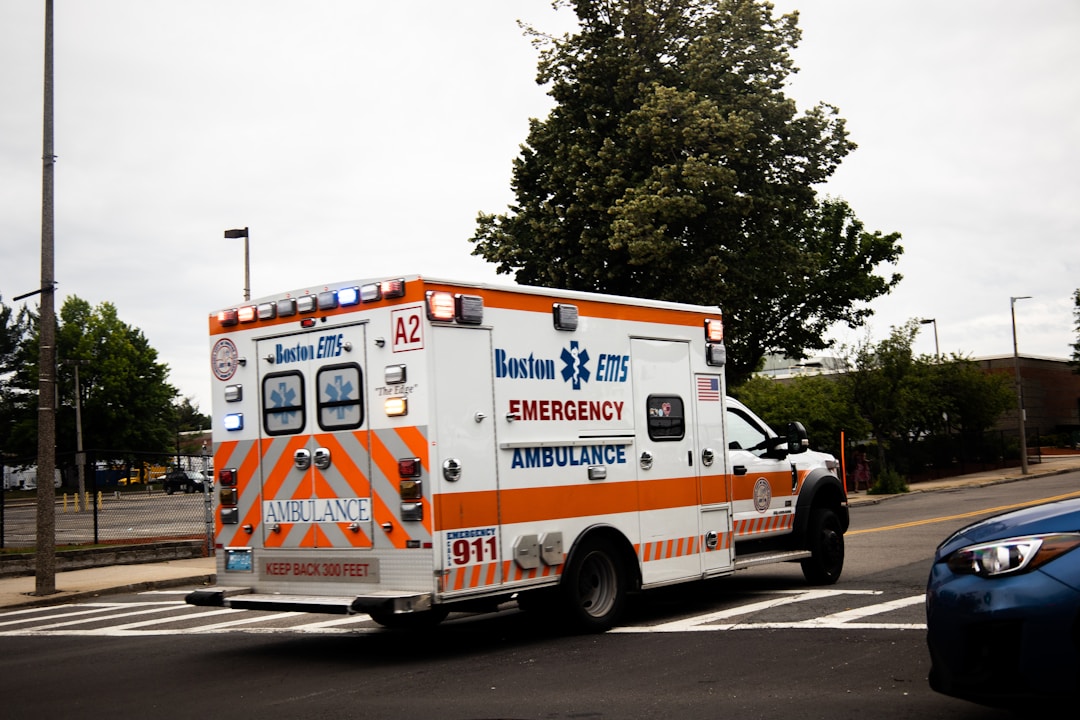



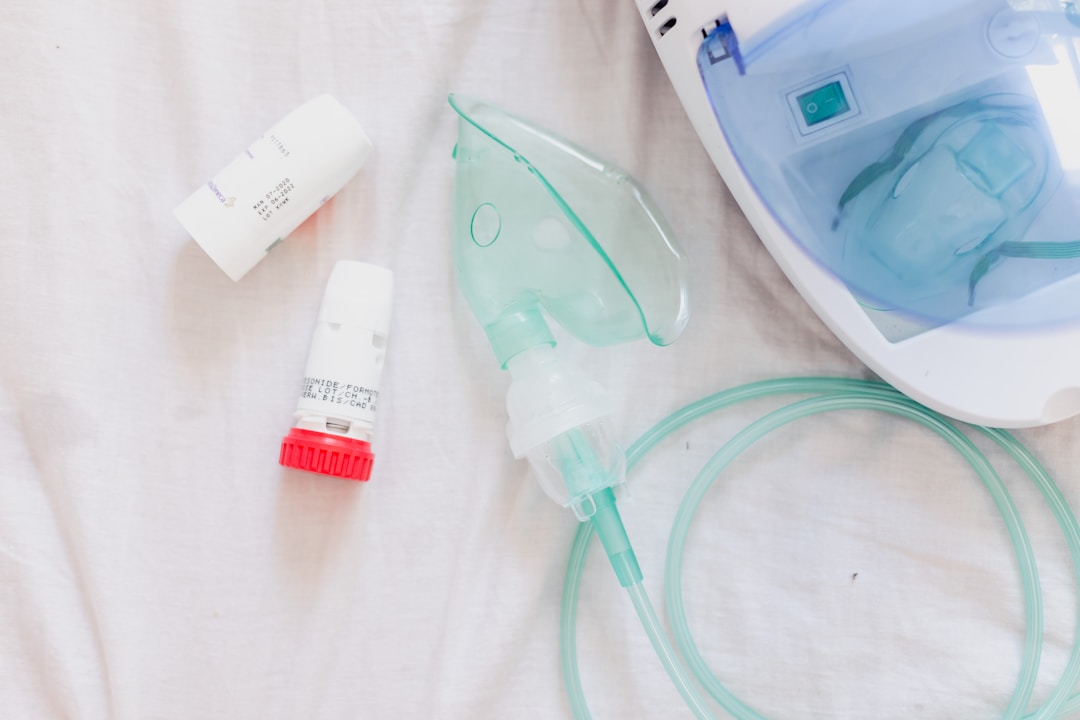

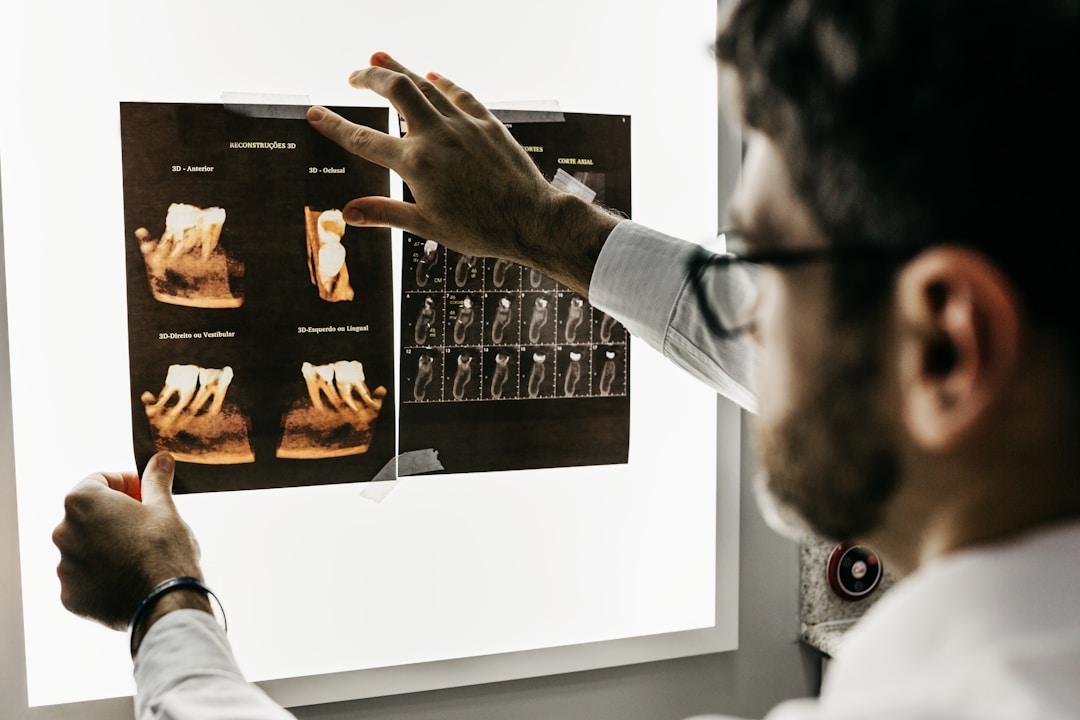
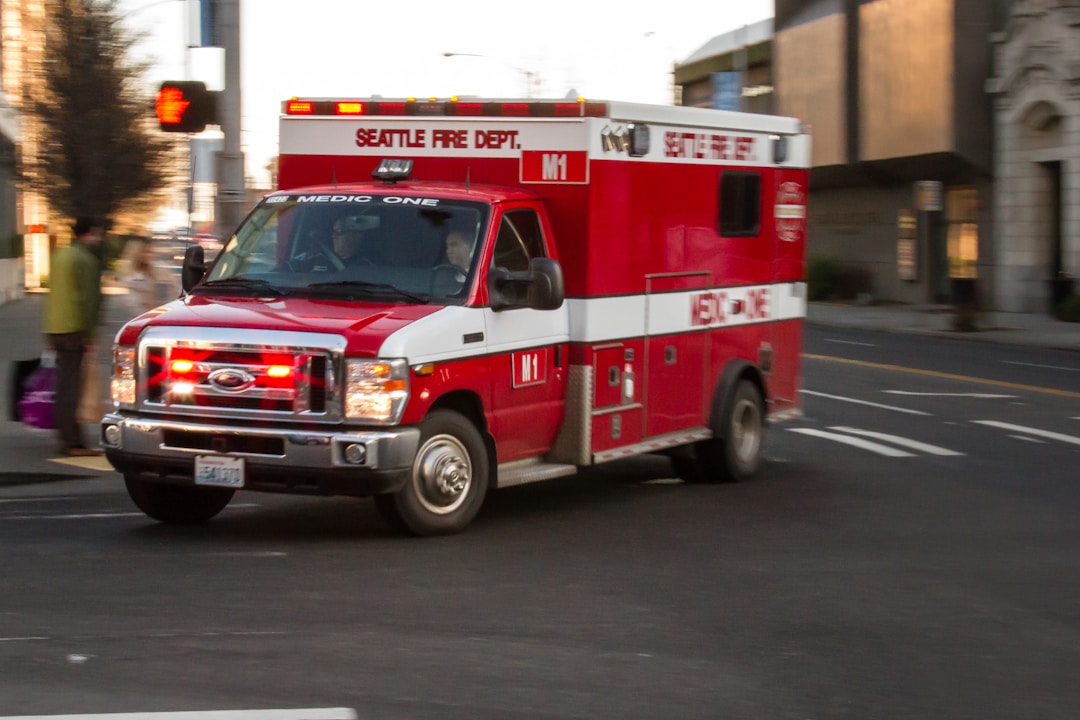
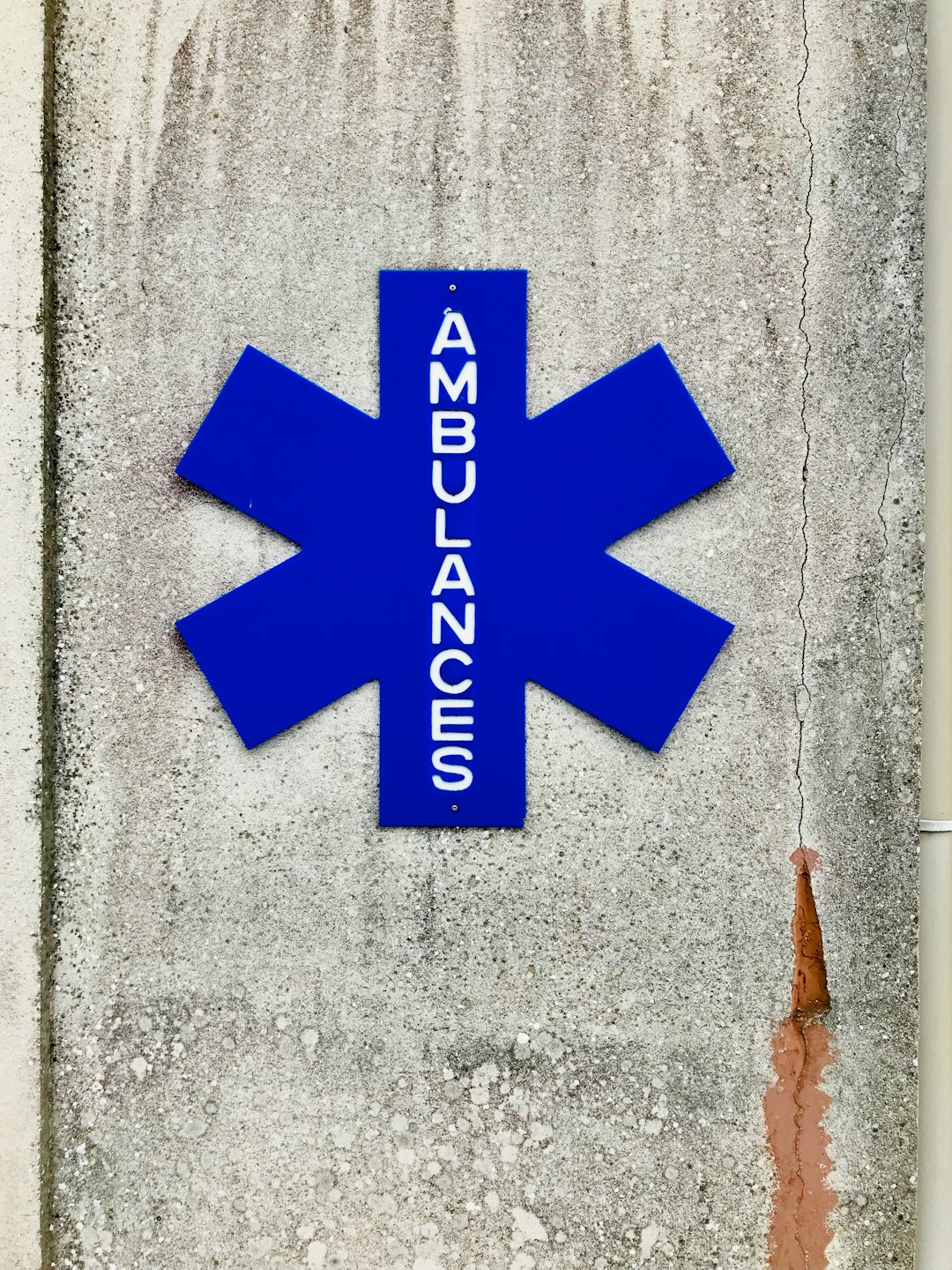





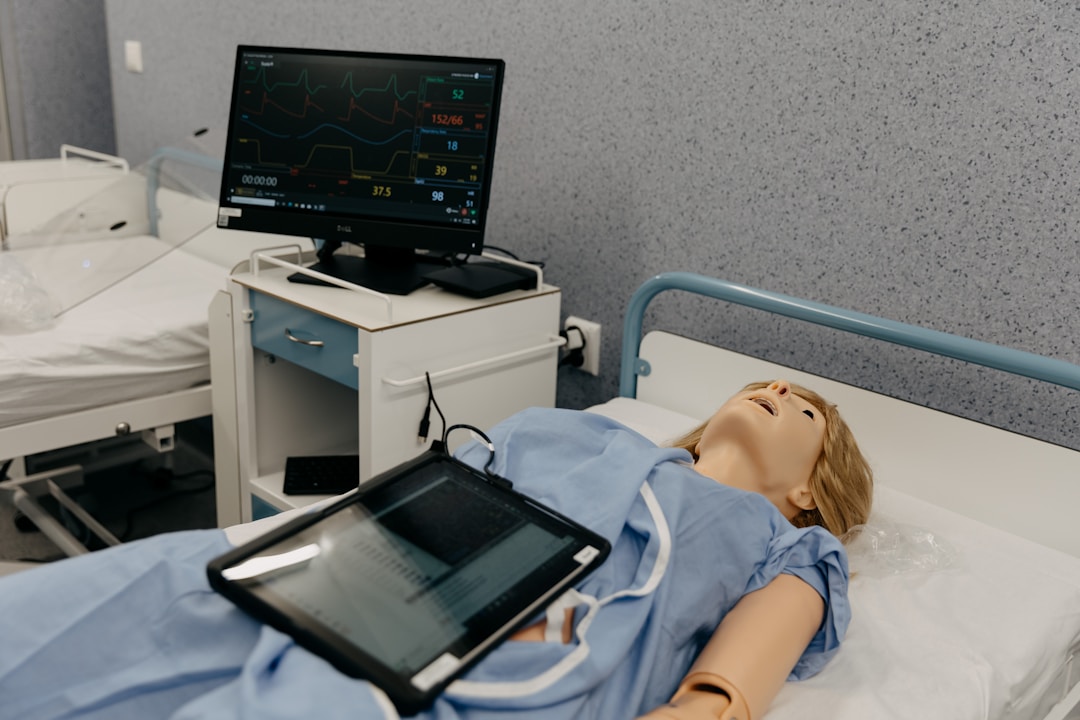



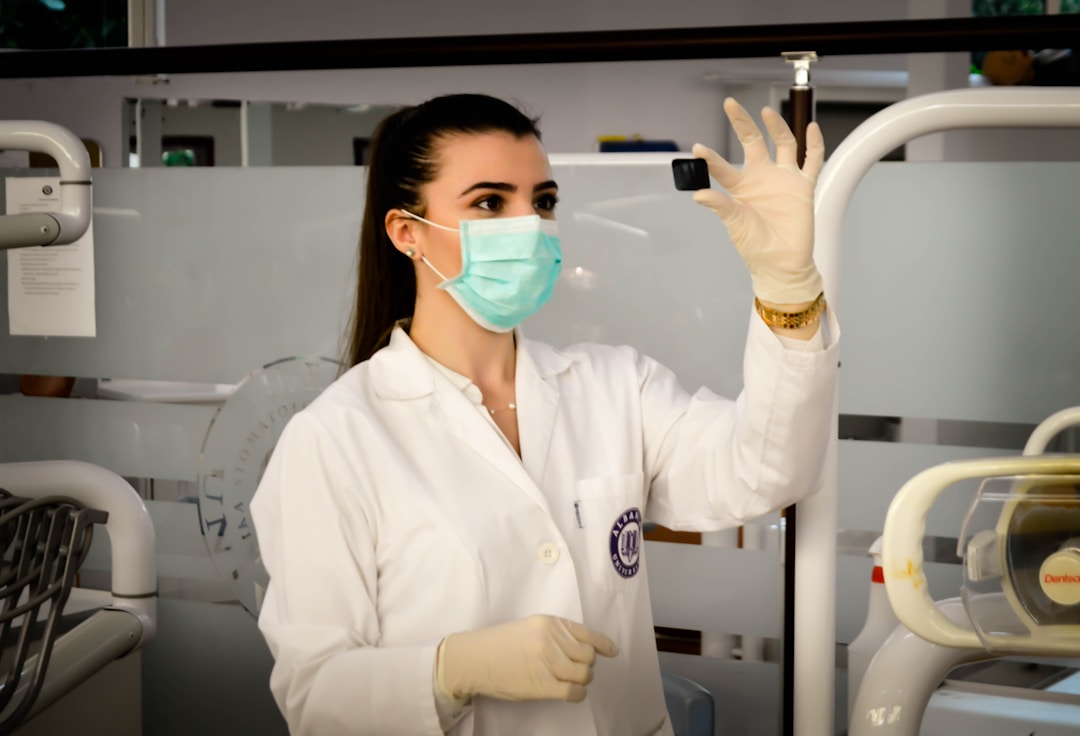




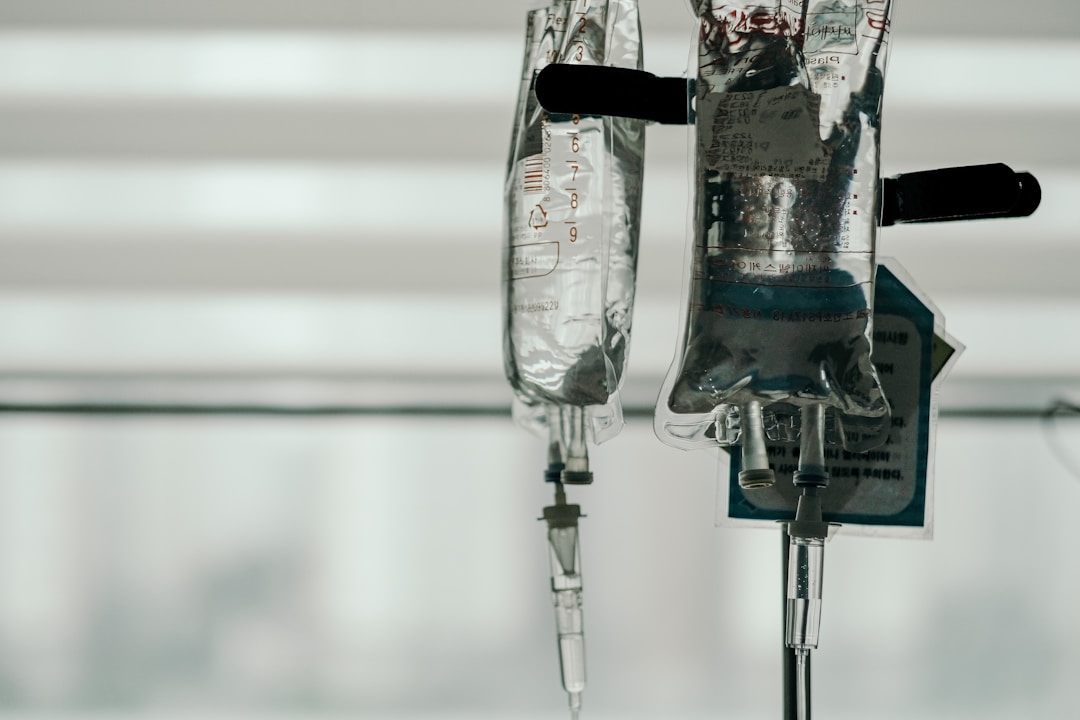


/w=1080,quality=90,fit=scale-down)
_(1)/w=1080,quality=90,fit=scale-down)









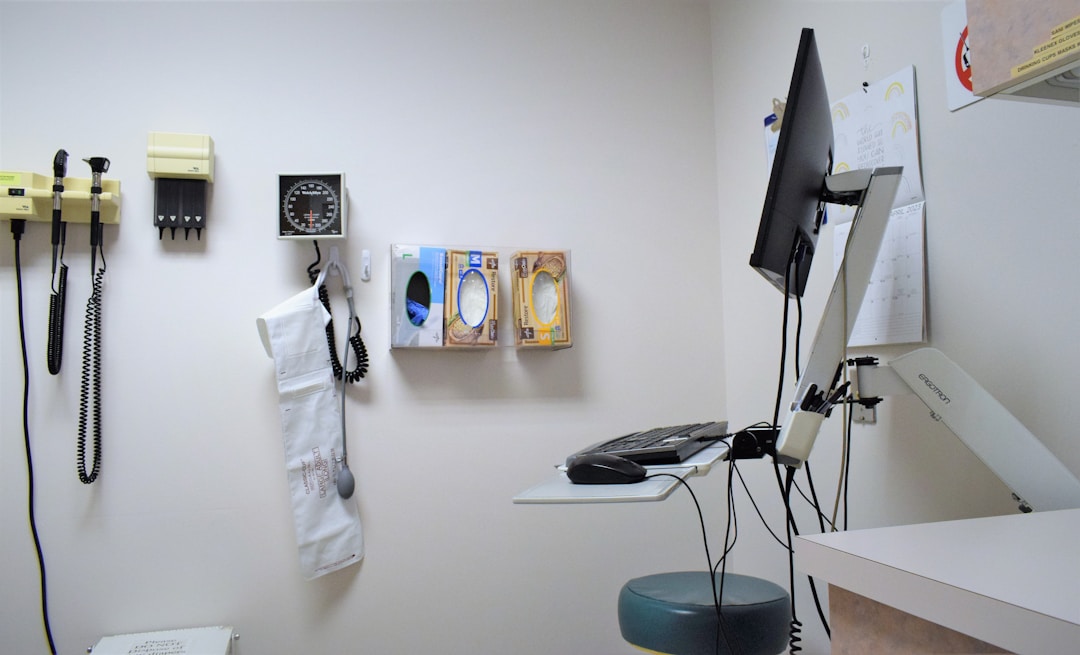
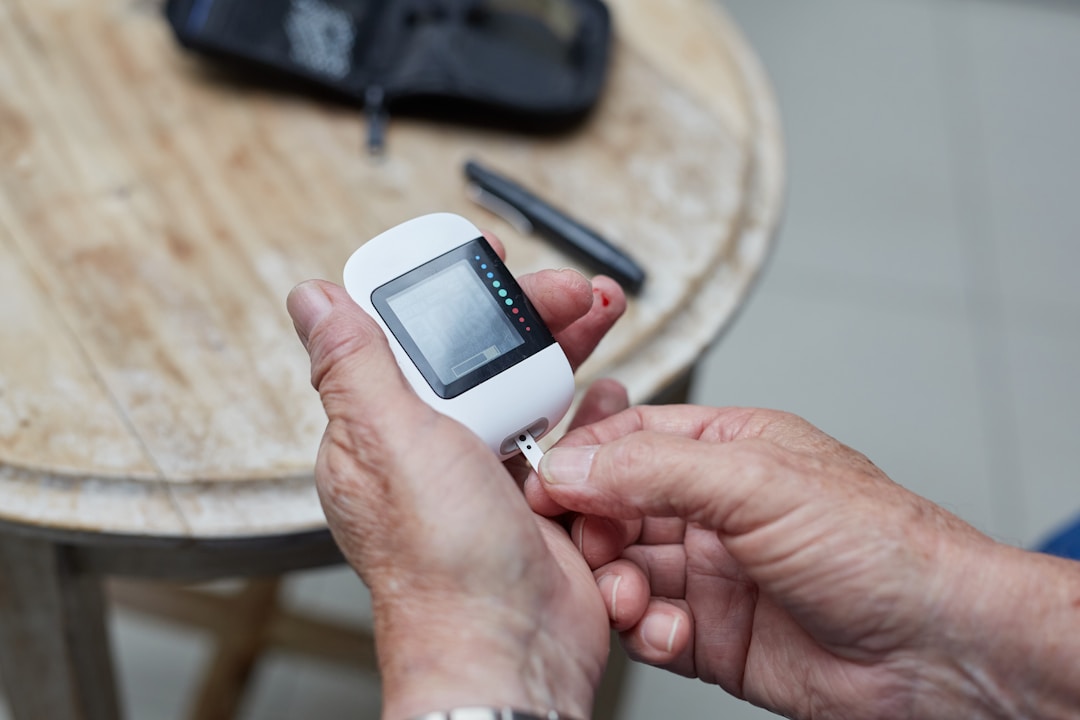


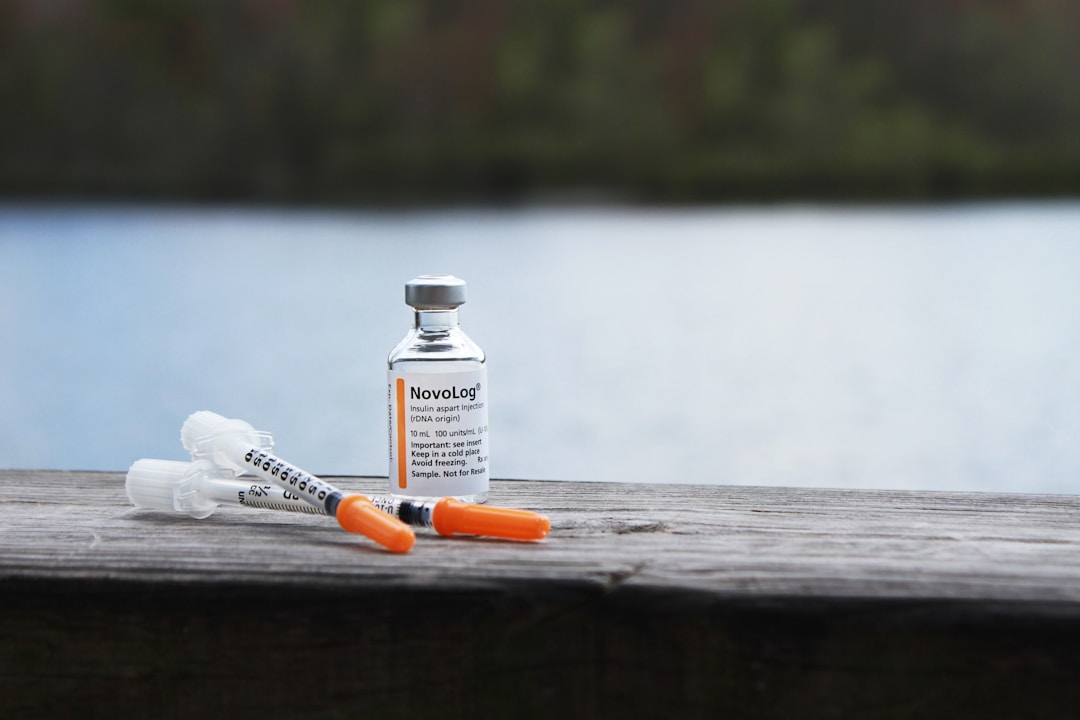
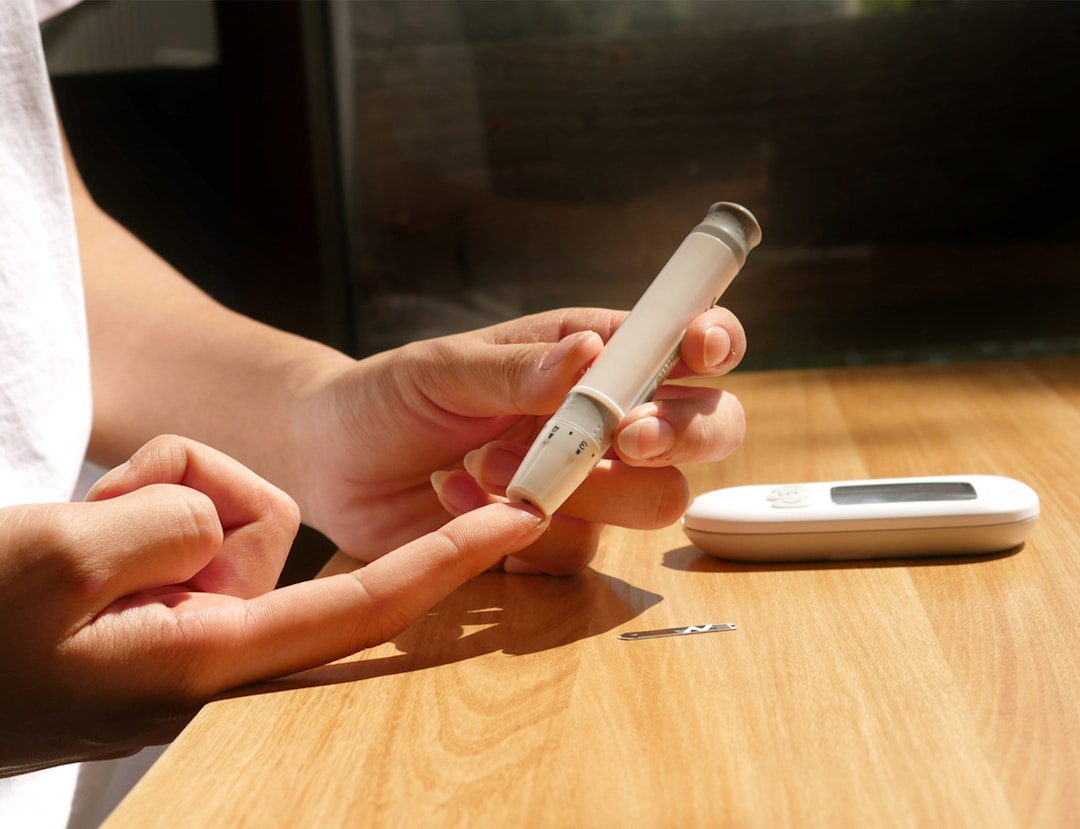








/w=1080,quality=90,fit=scale-down)




